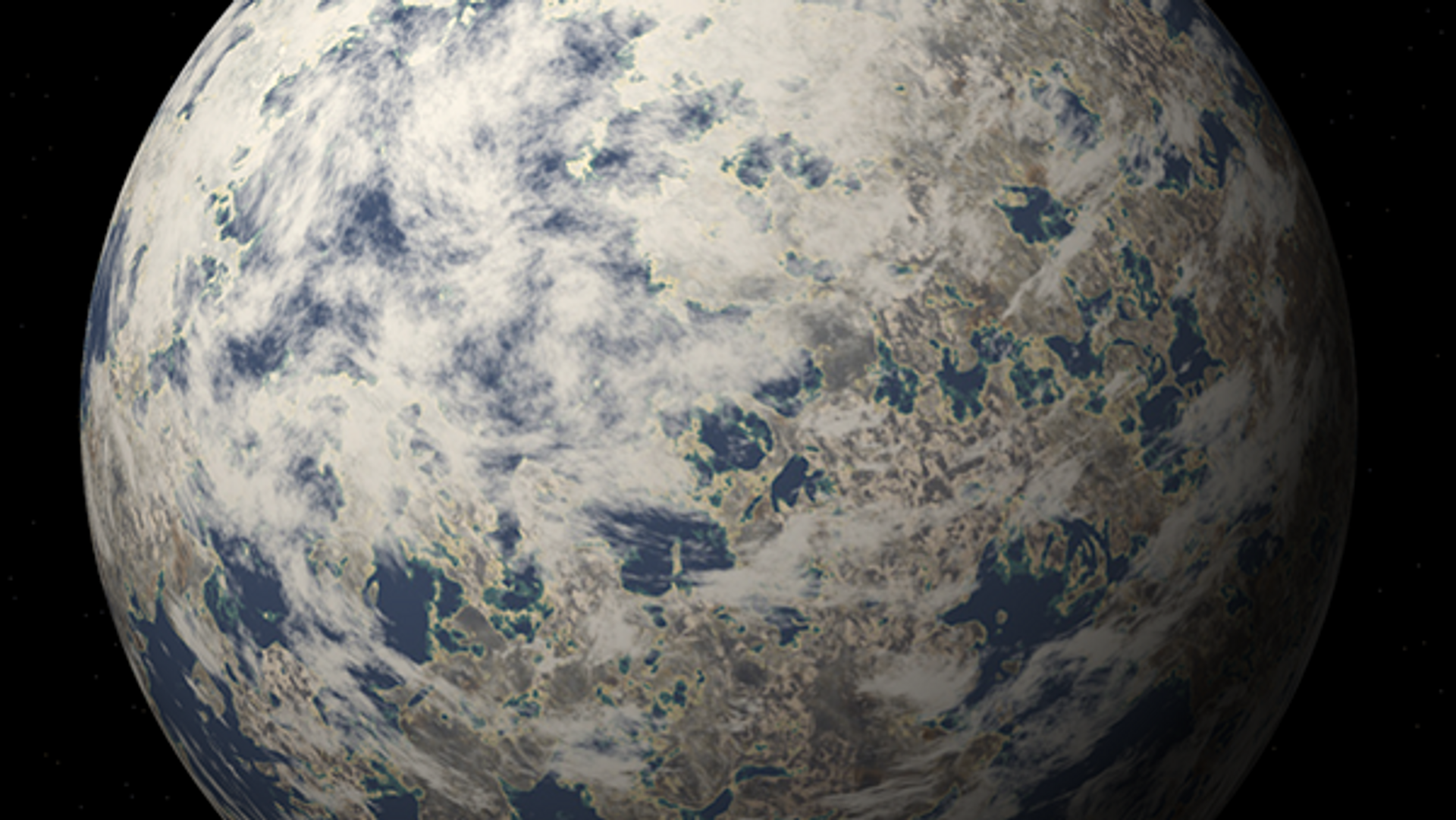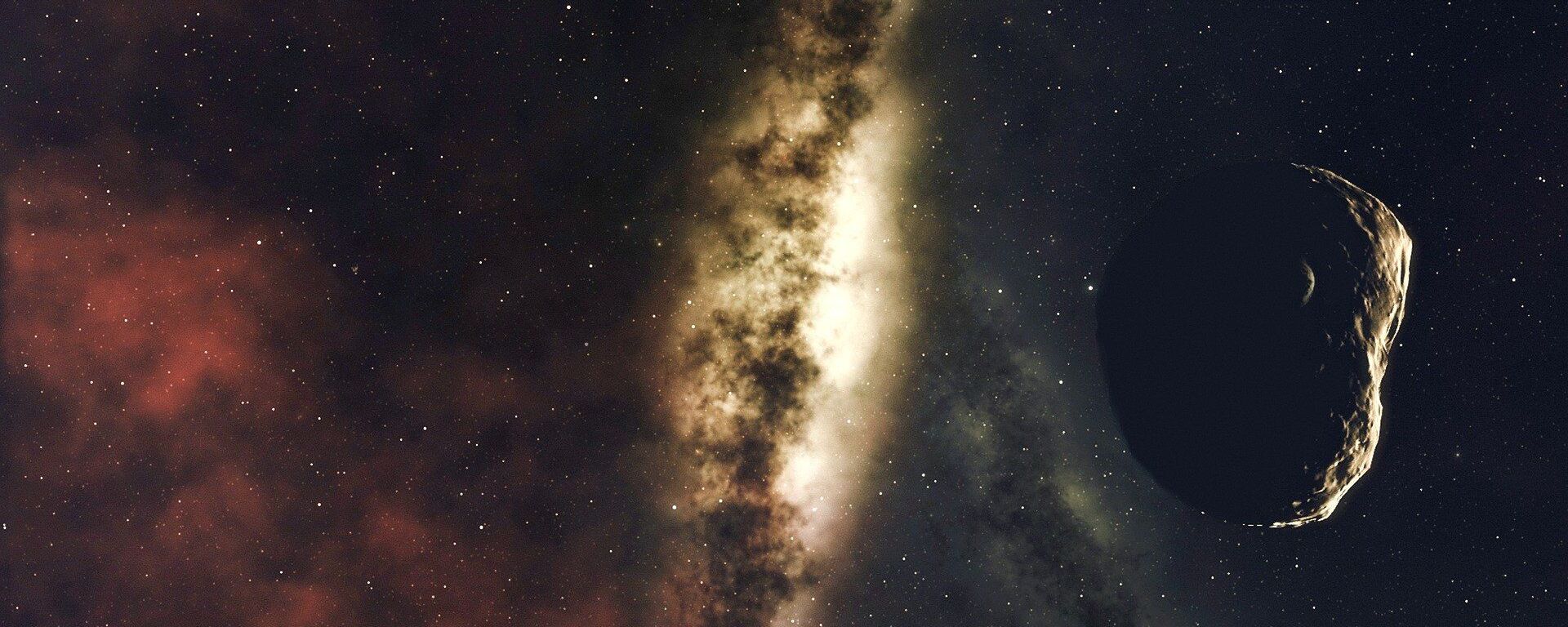https://sputniknews.in/20231123/earth-gets-first-laser-message-from-deep-space-at-16-million-kilometre-distance-5542342.html
Earth Gets First Laser Message From Deep Space at 16-Million-Kilometre Distance
Earth Gets First Laser Message From Deep Space at 16-Million-Kilometre Distance
Sputnik India
The Earth has successfully received laser-beam communication from a distance of 16 million kilometres, or 10 million miles, in a ground-breaking accomplishment.
2023-11-23T15:29+0530
2023-11-23T15:29+0530
2023-11-23T15:29+0530
science & tech
science & tech
california
nasa
ministry of earth sciences
cutting-edge technology
human spaceflight
data security
big data
https://cdn1.img.sputniknews.in/img/07e7/0b/17/5548158_0:131:600:469_1920x0_80_0_0_135ce94585f78aaf3ae78aceb8877b4b.png
The Earth has successfully received laser-beam communication from a distance of 16 million kilometres, or 10 million miles, in a ground-breaking accomplishment. That's the longest demonstration of optical communications, according to NASA, 40 times farther than the Earth-Moon distance.The DSOC instrument, which was on board NASA's Psyche spacecraft, successfully launched from Florida's Kennedy Space Centre on October 13 and has since returned to Earth with a laser-beamed message. A communication link was established between the Psyche spacecraft and the Hale Telescope at Palomar Observatory in California on November 14. During the test, it took approximately 50 seconds for the near-infrared photons from DSOC to reach Earth from Psyche.Director of Technology Demonstrations at NASA's headquarters Trudy Kortes stated, "Achieving first light is one of many critical DSOC milestones in the coming months, paving the way towards higher-data-rate communications capable of sending scientific information, high-definition imagery, and streaming video in support of humanity's next giant leap".The Psyche spacecraft's main goal is to investigate and learn more about the distinctive metallic asteroid Psyche, which will help us understand the evolution of planet formation and core dynamics. Over the course of the two-year experiment, laser signals will be sent and received from increasingly far-off places as they move towards their destination. After arriving at the asteroid in 2029, the spacecraft is scheduled to enter orbit.If successful, NASA would support robotic and human missions as well as send more sophisticated instruments into deep space for research.
https://sputniknews.in/20231121/deadly-asteroid-could-hit-earth-in-2024-reports---5517843.html
california
Sputnik India
feedback.hindi@sputniknews.com
+74956456601
MIA „Rossiya Segodnya“
2023
Swapna Nair
https://cdn1.img.sputniknews.in/img/07e7/09/12/4320104_0:0:681:681_100x100_80_0_0_ca8a7d4d582609272840ffdd1cde7278.jpg
Swapna Nair
https://cdn1.img.sputniknews.in/img/07e7/09/12/4320104_0:0:681:681_100x100_80_0_0_ca8a7d4d582609272840ffdd1cde7278.jpg
News
en_IN
Sputnik India
feedback.hindi@sputniknews.com
+74956456601
MIA „Rossiya Segodnya“
Sputnik India
feedback.hindi@sputniknews.com
+74956456601
MIA „Rossiya Segodnya“
Swapna Nair
https://cdn1.img.sputniknews.in/img/07e7/09/12/4320104_0:0:681:681_100x100_80_0_0_ca8a7d4d582609272840ffdd1cde7278.jpg
earth, laser-beam communication, ground-breaking, optical communications, nasa, earth-moon, deep space optical communications (dsoc), nasa's psyche spacecraft, florida's kennedy space centre, psyche spacecraft, hale telescope, palomar observatory, dsoc , director of technology demonstrations at nasa, trudy kortes, nasa jet propulsion laboratory's project technologist, abi biswas, dsoc, psyche spacecraft, asteroid psyche, spacecraft, nasa, spacecraft
earth, laser-beam communication, ground-breaking, optical communications, nasa, earth-moon, deep space optical communications (dsoc), nasa's psyche spacecraft, florida's kennedy space centre, psyche spacecraft, hale telescope, palomar observatory, dsoc , director of technology demonstrations at nasa, trudy kortes, nasa jet propulsion laboratory's project technologist, abi biswas, dsoc, psyche spacecraft, asteroid psyche, spacecraft, nasa, spacecraft
Earth Gets First Laser Message From Deep Space at 16-Million-Kilometre Distance
The Deep Space Optical Communications (DSOC) instrument, which was on board NASA's Psyche spacecraft, made the experiment possible.
The Earth has successfully received laser-beam communication from a distance of 16 million kilometres, or 10 million miles, in a ground-breaking accomplishment.
That's the longest demonstration of optical communications, according to NASA, 40 times farther than the Earth-Moon distance.
The DSOC instrument, which was on board
NASA's Psyche spacecraft, successfully launched from Florida's Kennedy Space Centre on October 13 and has since returned to Earth with a laser-beamed message. A communication link was established between the Psyche spacecraft and the Hale Telescope at Palomar Observatory in California on November 14. During the test, it took approximately 50 seconds for the near-infrared photons from DSOC to reach Earth from Psyche.
Director of Technology Demonstrations at NASA's headquarters Trudy Kortes stated, "Achieving first light is one of many critical DSOC milestones in the coming months, paving the way towards higher-data-rate communications capable of sending
scientific information, high-definition imagery, and streaming video in support of humanity's next giant leap".
The NASA Jet Propulsion Laboratory's project technologist, Abi Biswas, stated "Receiving first light is a tremendous achievement. The deep space laser photons from DSOC's flight transceiver aboard Psyche were successfully detected by ground equipment. We could also convey data, implying that we may interchange 'bits of light' from and to deep space."
The Psyche spacecraft's main goal is to investigate and learn more about the distinctive metallic asteroid Psyche, which will help us understand the evolution of planet formation and core dynamics. Over the course of the two-year experiment, laser signals will be sent and received from increasingly far-off places as they move towards their destination. After arriving at the asteroid in 2029, the
spacecraft is scheduled to enter orbit.
Currently, radio signals transmitted and received from massive antennas on Earth are used to communicate with spacecraft with a limited bandwidth. NASA's ultimate goal with this experiment is to replace radio waves with light, or lasers, to transmit data between Earth and spacecraft. According to the space agency, the system can beam information 10-100 times faster than existing space communications equipment.
If successful, NASA would support
robotic and human missions as well as send more sophisticated instruments into deep space for research.



